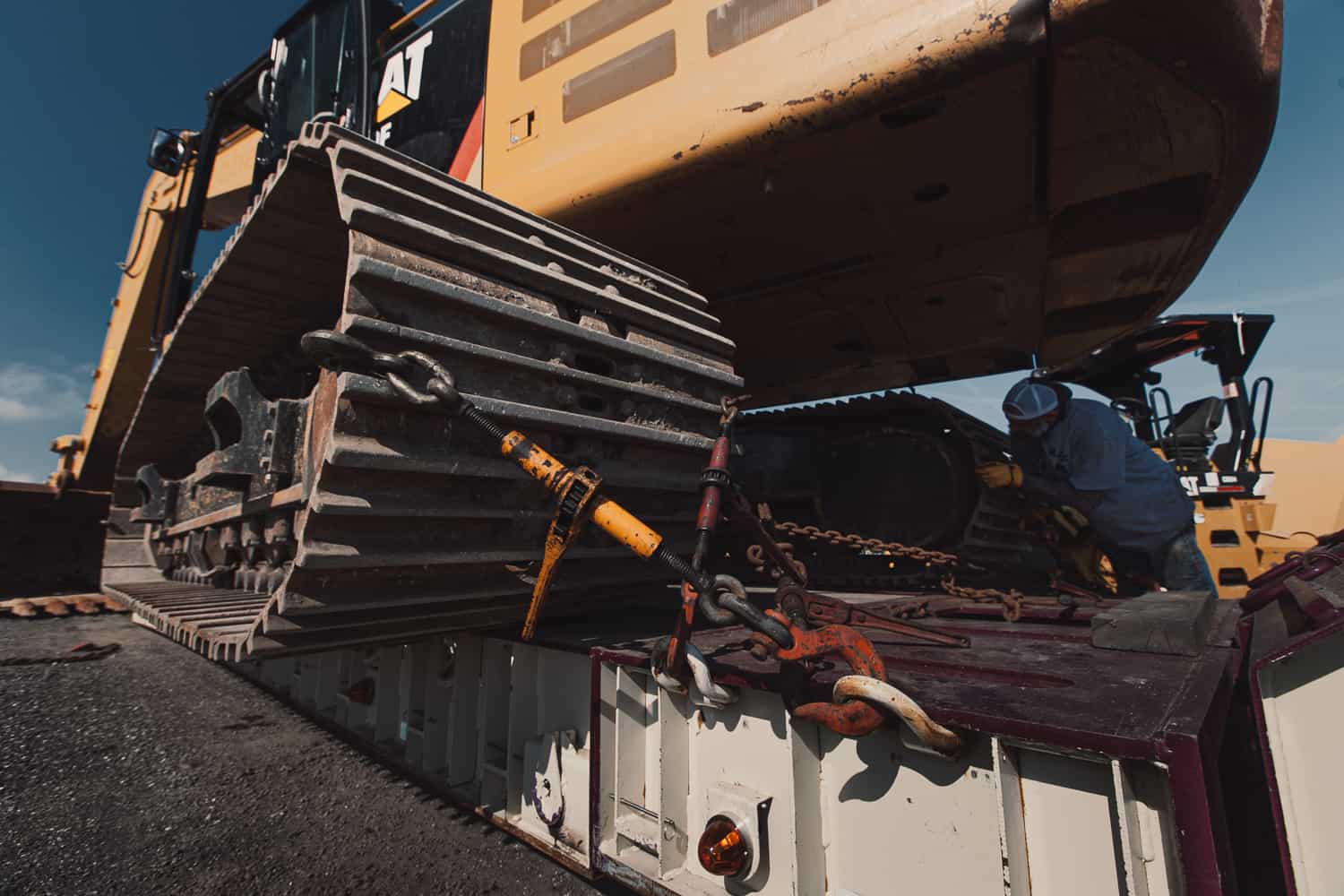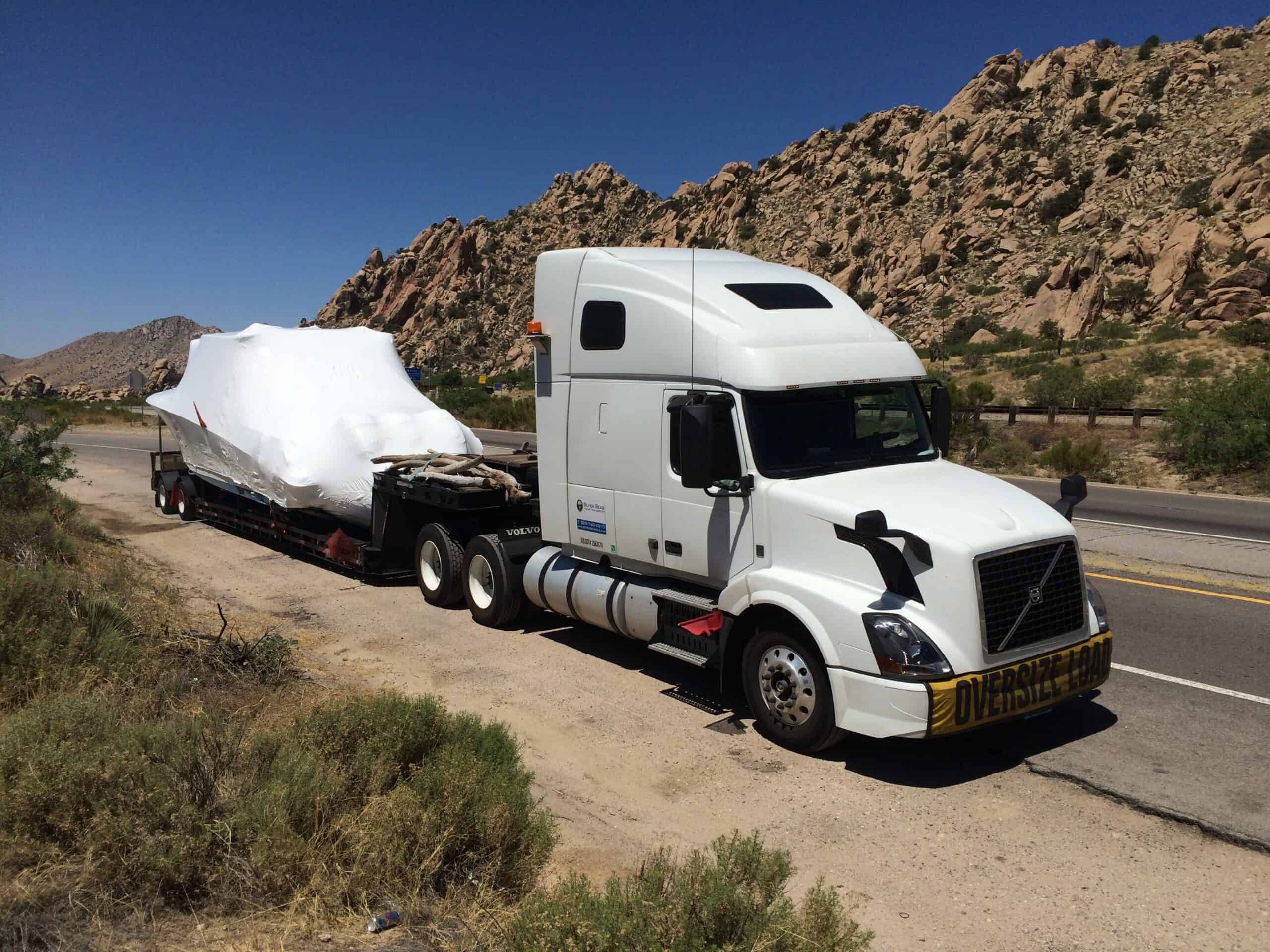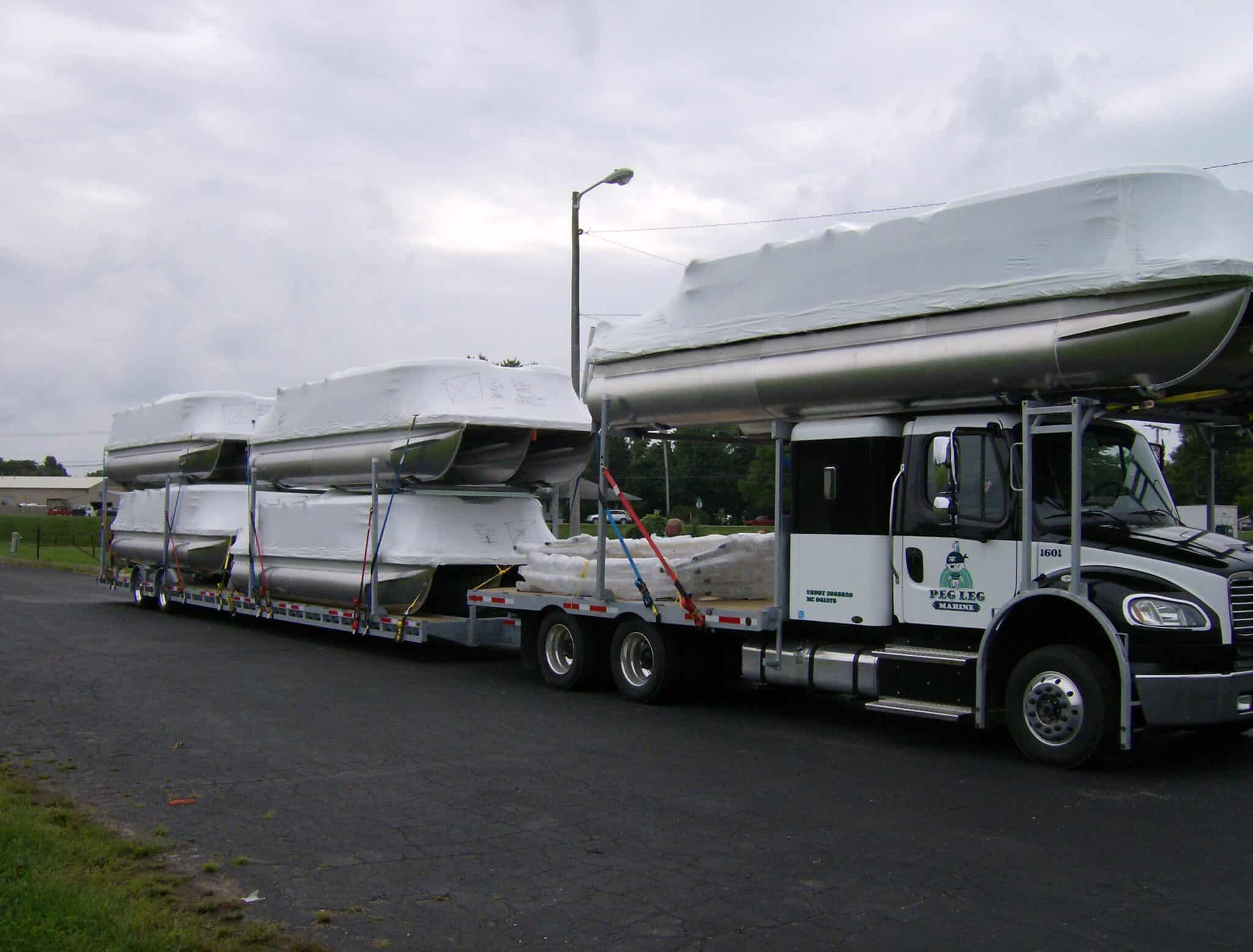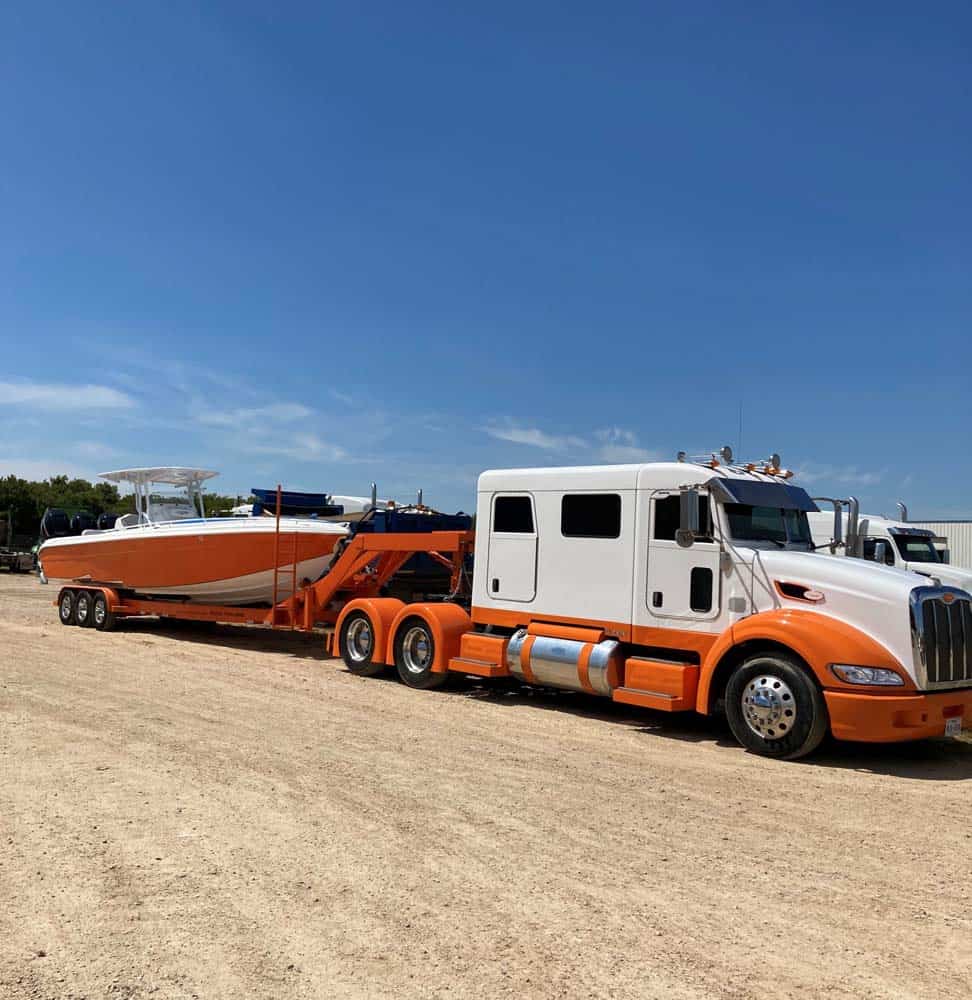Heavy Haul Trucking Uncovered: Your Comprehensive Guide to the Industry

Are you intrigued by the world of heavy haul trucking and eager to learn more about this specialized transportation sector? Look no further! In this comprehensive guide, we’ll answer all your questions about heavy haul trucking, from its definition to the various aspects that make it unique. We’ll explore the meaning of heavy haulers, the characteristics of heavy haul loads, and the specific requirements and permits needed for this type of transportation.
Outline:
1. What is Heavy Haul Trucking?
2. What is the Meaning of Heavy Haulers?
3. What Constitutes a Heavy Haul Load?
4. How Much Weight can a Heavy Hauler Carry?
5. What Makes a Semi a Heavy Haul Truck?
6. Do you Need Double Frame for Heavy Haul?
7. What is a Heavy Haul Trailer?
8. How to get Heavy Haul Permits?
What is Heavy Haul Trucking?
Heavy haul trucking refers to the transportation of oversized and overweight loads that exceed standard legal limits for size, weight, or height. This specialized sector serves a variety of industries, including construction, mining, energy, and manufacturing, which rely on the safe and efficient movement of large and heavy equipment.
What is the Meaning of Heavy Haulers?
Heavy haulers are the specialized trucks and trailers used to transport heavy haul loads. These vehicles are equipped with unique features and capabilities to handle the challenges associated with moving oversized and overweight cargo, such as reinforced frames, powerful engines, and specialized suspension systems.
What Constitutes a Heavy Haul Load?
A heavy haul load is any cargo that exceeds standard legal limits for size, weight, or height. Examples of heavy haul loads include large construction equipment, industrial machinery, wind turbine components, and oversized storage tanks. These loads often require special permits, escorts, and route planning to ensure safe and compliant transportation.
How Much Weight can a Heavy Hauler Carry?
The weight capacity of a heavy hauler depends on various factors, including the truck’s specifications, trailer type, and axle configuration. Heavy haulers can typically carry loads ranging from 80,000 pounds to over 200,000 pounds. However, weight limits and regulations vary by jurisdiction, and it’s essential to comply with local requirements when transporting heavy haul loads.
What Makes a Semi a Heavy Haul Truck?
A heavy haul truck differs from a standard semi in several ways:
- Specialized Equipment and Features: Heavy haul trucks often have reinforced frames, stronger suspension systems, and more powerful engines to handle the increased weight and size of heavy haul loads.
- Axle Configuration: Heavy haul trucks may have additional axles to distribute weight more evenly and comply with legal weight limits.
Do you Need Double Frame for Heavy Haul?
A double frame, which consists of two parallel steel rails reinforced by cross members, can provide increased strength and rigidity for heavy haul trucks. While not always necessary, a double frame can be beneficial when transporting particularly heavy or oversized loads that place significant stress on the truck’s frame.
What is a Heavy Haul Trailer?
A heavy haul trailer is a specialized trailer designed to transport oversized and overweight loads. There are several types of heavy haul trailers, including lowboy trailers, extendable trailers, and multi-axle trailers, each with unique features and specifications to accommodate different types of heavy haul loads.
How to get Heavy Haul Permits?
Obtaining heavy haul trucking permits involves the following steps:
- Research Permit Requirements: Determine the specific permit requirements for your heavy haul load based on its size, weight, and the jurisdictions through which it will be transported.
- Gather Necessary Information: Compile information about your load, including dimensions, weight, and intended route.
- Submit Permit Applications: Apply for the required permits from the appropriate state or local agencies. This process may involve submitting an application form, providing supporting documentation, and paying any associated fees.
- Plan Your Route: Once your permits are approved, carefully plan your route according to any restrictions or requirements specified in the permits.
By following these steps and adhering to all permit requirements and regulations, you can ensure the safe and compliant transportation of your heavy haul loads.
In conclusion, understanding the intricacies of heavy haul trucking is essential for anyone involved in transporting oversized and overweight cargo. By familiarizing yourself with the ins and outs of heavy haulers, loads, and permits, you’ll be well-equipped to navigate the challenges and opportunities of this specialized transportation sector.
Why Join VeriTread as a Transport Provider?
VeriTread has 100’s of loads that you won’t find anywhere else with new loads listed every day. When you complete a profile on VeriTread, we learn detailed information about your equipment, your capabilities, and the areas you service. We combine this information with our patent pending freight matching technology to proactively find you the best paying freight available. VeriTread is reserved only for carriers, brokers, and forwarders, who are properly bonded, licensed, and insured which reduces overall risk as well as keeps rates at a fair and profitable level.
CATEGORIES
recent posts

Anchoring Your Budget: Understanding and Managing Boat Transport Costs

Your Guide to Boat Transport Regulations and Permits


